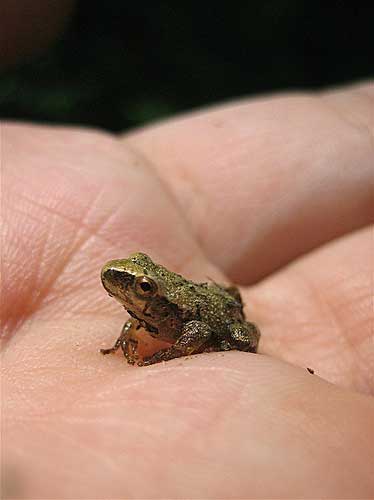RiskVA
Clocks Rule the World 25 Apr 2016
Have you noticed that for the last several weeks birds are losing their minds in the morning, singing their hearts out as dawn breaks? Many animals and plants have internal “biological clocks” that respond to day length and dictate their seasonal calendars. Didn’t know animals carried clocks? Oh yeah, they’re just as messed up as we are. Even plants aren’t exempt. Biological clocks are governed by the length of daylight and affect most plant and animal life by changing the production of hormones and other biochemicals.
As their biological clocks report shortening days as summer ends, birds migrate south. Bears and ground hogs prepare to hibernate. Poultry farmers provide their clucky inmates with artificial light to fake them out so they don’t stop producing eggs. Dogs and many other mammals grow a thick layer of fine-textured undercoat for winter insulation. Green plants stop producing chlorophyll and autumn colors begin to show. In the spring, as days become longer, the biological clocks of nature reverse. Animal chronometers trigger renewed sex drive. Plant buds swell, new green leaves and flowers emerge, while your cats and dogs shed fur all over the place.
Clocks rule the world not just in the fields and forests but for us as well. Do you believe punctuality is a measure of character, personal efficiency and reliability? Do you strive to be on time; not too early and never late? How many clocks do you have in your home or office? Do you wear a wristwatch or carry a pocket watch or constantly refer to the digital time on your phone? Do you have a personal planner that dictates activities for your day, week, month, and year? Do you sometimes wish each day could have 26 hours because you can’t fit everything in?
Lifespan, pulse rates, speed, sun or moon rise and set, awakening, sleeping, appointments, and meetings are just a small sample of timed events. We even slip the nasty term “time” into everyday words – daytime, nighttime, mealtime, and local time and then adjust it with Daylight Savings Time. Perhaps the most frightening time term of all is the dire word “deadline!”
Beginning about December 21st, days become progressively longer, reaching a maximum length on June 20th. These two dates are called the winter and summer Solstices, a word meaning the time when the sun stands still, as it appears to slow or pause for a few days before it gradually increases its daily maximum elevation in the sky. Halfway between these two points, about March 21st and September 21st, the Vernal (spring) and Autumnal (fall) Equinoxes occur when day and night are exactly equal.
We too are strongly affected by the length of day and also the intensity of the daylight. Short days and overcast skies increase feelings of anxiety and gloom. Physicians call this Seasonal Affective Dysfunction (SAD), a condition that can be alleviated by exposure to bright fluorescent lights that stretch the day as though the sun shined longer, tricking our biological clocks into the impression that it’s really spring or summer. For years, researchers thought this effect was solely a visual response, but some recent investigations show that the same effect can also be produced by shining the lights on the back of the knees! Is that strange or what?
Keeping track of time is not just of interest to modern people. The annual movement of the sun, the source of all our light, energy, and food was carefully observed by ancient people such as the Mayans, Aztecs, Toltecs, Anasazi, Druids, Celts, Romans, and Greeks. Religious ceremonies and festivals, as well as crop planting and harvest, were all correlated with the time of the year, as well as the positions of the sun, moon, and various constellations and stars.
So here we are, in the lengthening days of early spring. “Shadows of the evening steal across the sky” later each day and the sun slips over the eastern horizon a bit earlier every morning. Winter is almost gone. So take heart. Go perch on a branch and sing a little. It’ll lighten your burdens for a while before your grass gets the message and endless mowing begins again. Don’t let the clocks win. I’d write more, but right now I have to hurry and meet a deadline!
Dr. Risk is a professor emeritus in the College of Forestry and Agriculture at Stephen F. Austin State University in Nacogdoches, Texas. Content © Paul H. Risk, Ph.D. All rights reserved, except where otherwise noted. Click paulrisk2@gmail.com to send questions, comments, or request permission for use.


